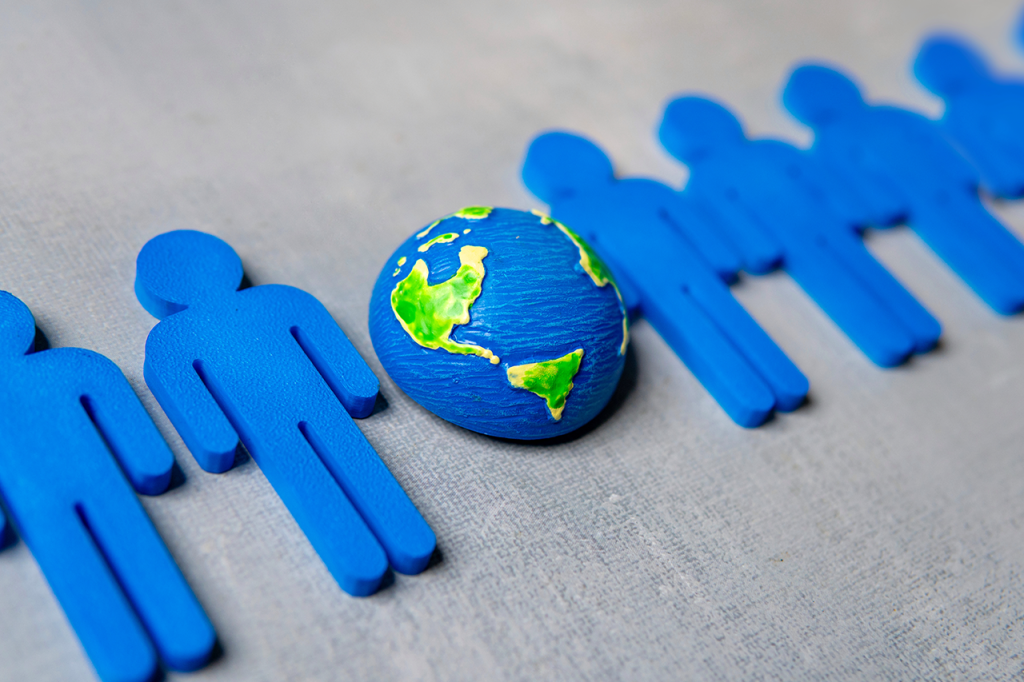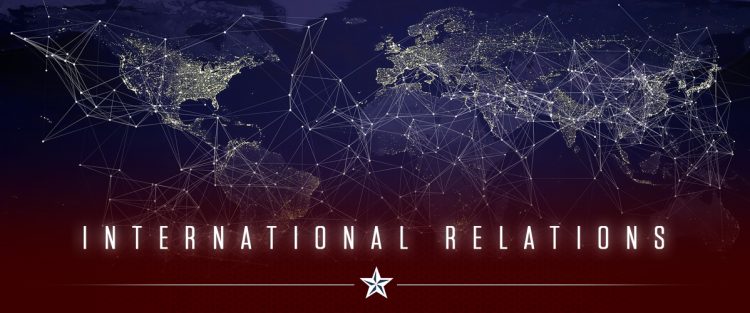Introduction
The international system of the 21st century is undergoing profound transformation. The unipolar dominance of the United States following the Cold War is gradually giving way to a multipolar world, characterized by the rise of China, the resurgence of Russia, the strategic ambitions of the European Union and India, and the increasing influence of regional powers across Africa, Latin America, and the Middle East. This shift is reshaping alliances, economic dependencies, and global security structures, creating both opportunities and tensions for international stability.
This article explores the emerging multipolar order, the dynamics of global power competition, and the implications for governance, security, and cooperation in the coming decades.
1. Understanding the Multipolar Shift
1.1 From Unipolarity to Multipolarity
The early 1990s marked a period of American unipolar dominance, with the U.S. serving as the primary guarantor of global security and economic stability. Over the past two decades, however, several trends have accelerated the diffusion of power:
- Economic Rise of China and India: Rapid GDP growth and technological innovation have elevated their global influence.
- Resurgent Russia: Strategic military interventions and energy diplomacy have restored Russia’s regional prominence.
- Regional Powers’ Ascendance: Countries such as Brazil, Turkey, and South Africa are exerting more influence in their respective regions.
1.2 Characteristics of Multipolarity
A multipolar system is inherently complex:
- Power is distributed across multiple states rather than concentrated.
- Influence is multidimensional—economic, military, technological, and cultural.
- Alliances are fluid and often issue-specific rather than fixed.
2. Major Actors and Their Strategies
2.1 The United States
While no longer uncontested, the U.S. retains significant advantages: global military reach, technological leadership, and soft power. American strategy increasingly emphasizes alliances, particularly through NATO, QUAD, and Indo-Pacific partnerships.
2.2 China
China’s Belt and Road Initiative (BRI), technological innovation, and assertive regional policies in the South China Sea exemplify its strategy to expand influence globally. Soft power diplomacy, infrastructure investment, and trade leverage are core tools.
2.3 Russia
Russia focuses on strategic deterrence, energy leverage, and cyber capabilities. Its actions in Ukraine and Syria reflect a broader ambition to reclaim geopolitical influence while balancing relations with China and the West.
2.4 Regional and Middle Powers
- India: Strategic balancing between the U.S. and China, leveraging democratic soft power and economic growth.
- European Union: Economic clout and regulatory influence as tools for global leadership.
- Middle Eastern Powers: Regional alliances, energy exports, and security partnerships shape local multipolar dynamics.
3. Economic Interdependencies
3.1 Trade and Investment Networks
Globalization has created intricate economic linkages. Supply chains, technology exchanges, and investment flows increasingly connect rising powers and traditional hegemonies, making conflicts costlier and cooperation more necessary.
3.2 Energy and Resources
Control over energy and natural resources remains central to power. The multipolar world is marked by competition for energy security, rare-earth materials, and food supply chains, which will influence diplomatic and military strategies.
3.3 Technology as a Geopolitical Tool
Technological leadership—AI, 5G, quantum computing—is both a driver and an arena of competition. Countries that dominate emerging technologies can shape global norms, economic standards, and defense capabilities.

4. Security Dynamics
4.1 Regional Conflicts and Proxy Wars
Multipolarity can exacerbate regional tensions as powers vie for influence. Examples include:
- Eastern Europe and Ukraine: Russian-Western strategic rivalry.
- East and South China Seas: Territorial disputes involving China, the U.S., and regional neighbors.
- Middle East: Proxy conflicts shaped by Saudi, Iranian, Turkish, and Western interests.
4.2 Military Modernization
Rising powers are investing in advanced military capabilities, including cyber warfare, drones, and hypersonic missiles, altering the calculus of deterrence and conflict.
4.3 Multilateral Institutions
Multipolarity challenges traditional international institutions. The UN, IMF, and WTO must adapt to reflect shifting power balances or risk losing credibility.
5. Opportunities in a Multipolar World
5.1 Collaborative Problem-Solving
Global challenges such as climate change, pandemics, and cyber threats require cooperation among multiple powers. Multipolarity can foster negotiation, shared responsibility, and coalition-building.
5.2 Regional Leadership and Innovation
Rising powers can champion regional initiatives, promoting economic development, infrastructure, and technological progress in ways previously dominated by hegemonic states.
5.3 Cultural and Normative Influence
Multipolarity diversifies global cultural narratives, values, and policy models, challenging Western-centric norms and enabling alternative pathways to governance and development.
6. Future Scenarios
6.1 Managed Multipolarity
Powers cooperate through dialogue and institutions, managing competition while promoting stability. Economic interdependence and shared global interests mitigate conflicts.
6.2 Competitive Multipolarity
Intense rivalries, protectionism, and fragmented alliances create persistent regional conflicts and trade tensions, resembling a “cold multipolarity” scenario.
6.3 Hybrid Dynamics
A mixture of cooperation and competition, with fluctuating alliances and issue-specific cooperation, becomes the defining feature of international politics.
Conclusion
The transition to a multipolar world represents a fundamental transformation of global geopolitics. Power is no longer concentrated in a single hegemon, but distributed among diverse actors, each wielding economic, military, technological, and cultural influence. While multipolarity introduces complexity and potential instability, it also offers opportunities for collaborative solutions and innovative governance models.
The challenge for policymakers, international organizations, and global citizens is to navigate this evolving landscape thoughtfully, balancing competition with cooperation, and ensuring that the future of global politics promotes stability, prosperity, and sustainable development for all.
















































